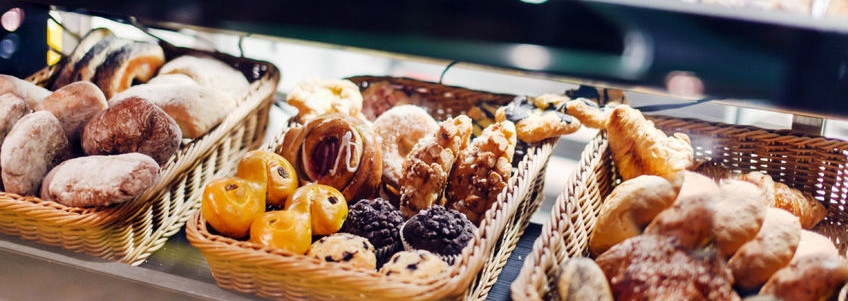
Everything needs a starting point—that middle of the road point to build everything around. For bakers, that point is usually flour. And for most, it’s usually all purpose flour. I mean, it’s kind of in the name. But what makes it all purposeful?
What’s it made of?
It is milled from hard red wheat or a blend of hard and soft wheats, typically at a 80:20 ratio. The process looks something like this:
- Wheat grains are milled to separate the endosperm from the bran and form all-purpose unbleached flour.
- At the end of the millstream, the flour can be bleached using bleaching-maturing agents to form bleached all-purpose flour.
- Fortification with vitamins (e.g. thiamine, riboflavin, folic acid) and minerals (iron, calcium) forms bleached fortified flour. Unbleached and unenriched options are also available.
The all purpose flour
The end result is a flour suitable for all types of baked goods such as bread, biscuits, pizza, cookies, muffins. You can use 100% for denser cakes, or softer breads. It can also be combined with other types of flour such as durum or whole wheat flour.
Flour that is freshly milled or ‘green’ does not make doughs and bread with proper rheology and texture. So, there’s the need for aging or bleaching. This step is beneficial in terms of:
- Oxidizing the sulfhydryl groups of the protein, thus improving dough elasticity
- Whitening the flour
- Improving the baking characteristics

